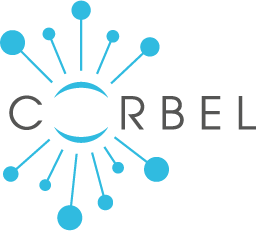EMBL-EBI Chemogenomics (ChEMBL) Group
Hinxton, UK
General information
ChEMBL is a database of bioactive drug-like small molecules, it contains 2D structures, calculated properties and abstracted bioactivities (e.g. binding constants, pharmacology and ADMET data). The data is abstracted and curated from the primary scientific literature, and covers a significant fraction of the SAR and discovery of modern drugs. We also maintain a resource called UniChem which is a large-scale database of pointers between >137 million chemical structures in 28 different databases both internal and external to EMBL-EBI. Lastly we have a chemically annotated patent database (SureChEMBL) which gives information about compounds in patents.
Expertise
The group has experience in working in large Pharma on drug discovery projects and we have both biologists and chemists in the group able to help project teams find the most useful information for their particular application. There is also experience in chemoinformatics and data integration.
Technologies offered for the Open Call
- Database searching for similar compounds or compounds with the same substructures
- Identification of existing bioactivity data for compounds binding to a specific or related targets
- Profiling of chemotypes for potential off-target effects, measured ADMET properties,
in-vivo efficacies
- Data storage and distribution facilities for deposited bioactivity data to be made freely available
Additional resources offered for the Open Call
- Assisting researchers to create data packages for compounds of interest that includes available
information in public databases
This could include predicted target interactions, measured data particularly any in-vivo
efficacy, pharmacokinetic data or liability data (hERG etc), commercial availability of compounds
or analogues
Access modalities
Access is either remote or on-site.
We are happy for people to visit and work with us to identify the data of interest to them. We can also do this remotely e.g by TCs. Alternatively, we can provide documentation on searching options. We anticipate there will be a move from working directly with users to users being able to conduct their own searches with time.
Scientific and technical requirements
Users have to provide specific targets or compounds of interest to the project that can be used as a starting point for database searching.
Contacts
Scientific contact: Anne Hersey, Andrew Leach
Technical contact: Nicolas Bosc, Aldo Segura-Cabrera
 shared services for life-science
shared services for life-science